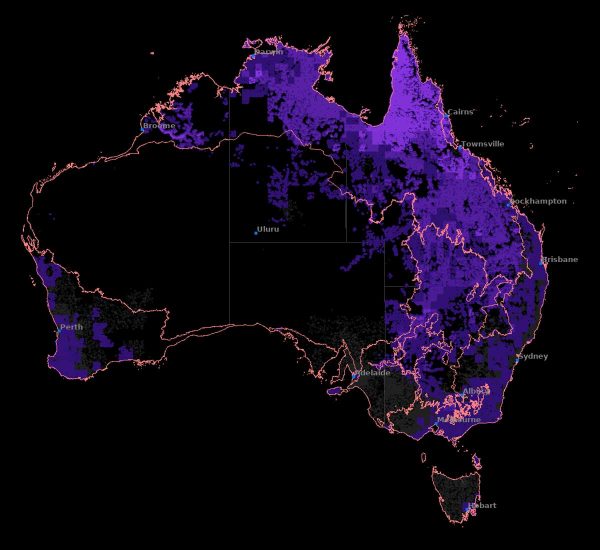Assessing the potential role of feral pigs in an outbreak of foot-and-mouth disease in Australia
The Australian Animal Disease Spread Model (AADIS) is being used to predict transmission of foot-and-mouth disease via feral pigs if an outbreak occurs on Australian soil.
Foot-and-mouth disease (FMD) is an exotic pathogen of particular concern to Australia’s livestock industries. FMD is estimated to circulate in 77% of the global livestock population and is endemic in Africa, the Middle East, Asia, and South America. Its detection in Indonesia in 2022 (where it has since been declared endemic) raised alarm for its presence on Australia’s doorstep. A large outbreak of FMD in Australia could cost up to A$80 billion, primarily from the loss of export markets that are based on having FMD-free status.
Australia’s population of feral pigs, numbering 3 to 4 million, are potential hosts of FMD if it establishes. Feral pigs can transmit FMD to livestock; however, their potential role in outbreaks of exotic diseases in Australia is poorly understood. Both feral pigs and the types of livestock production systems are unevenly distributed throughout the country, and the potential of disease transmission from feral pigs to livestock may vary seasonally, and in different places. Little is known about the effects of culling feral pigs on disease transmission risks.

The project will extend the national AADIS-FMD model to produce a decision support tool that can assess the potential role of feral pigs in an FMD incursion by incorporating new estimates of the feral pig population and disease spread pathways on a national scale. It aims to assess regional and seasonal influences on the role of feral pigs in an FMD outbreak and the potential benefits of feral pig culling as part of an FMD control program.
CEBRA Project Leader: Richard Bradhurst